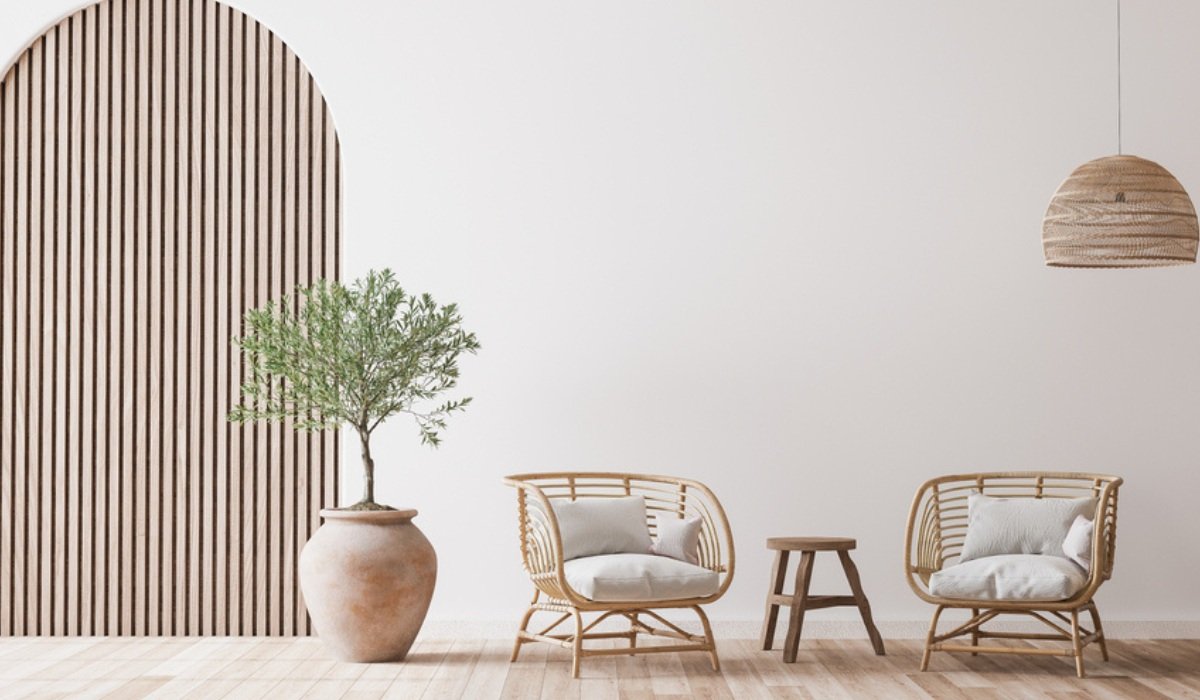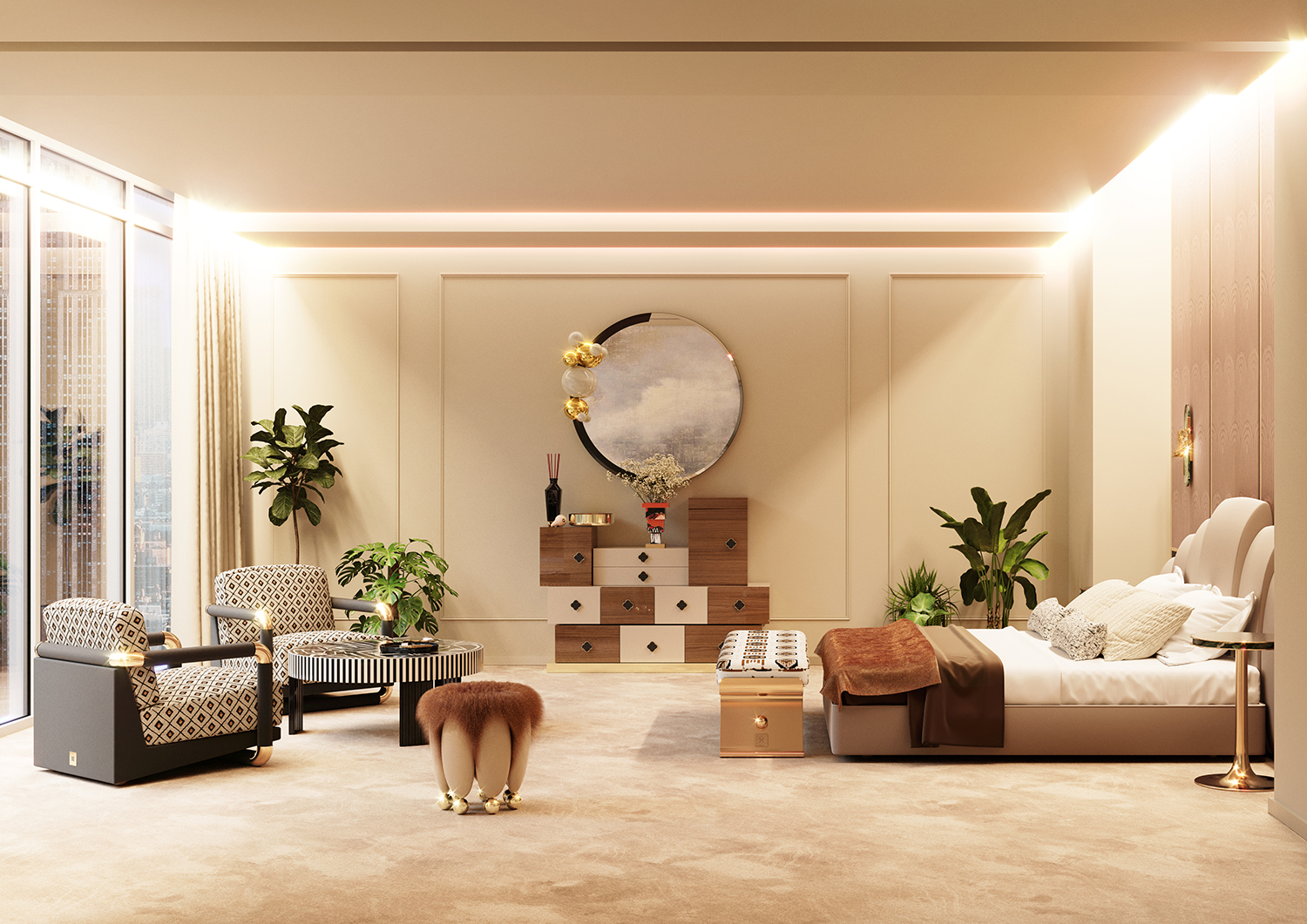Discover Cutting-edge Solutions in Interior Architecture Miami
Discover Cutting-edge Solutions in Interior Architecture Miami
Blog Article
Why Understanding the Concepts of Inside Design Is Necessary for Effective Space Planning
Understanding the principles of indoor layout is fundamental to effective area preparation, as it lays the groundwork for producing atmospheres that integrate functionality with aesthetic charm. Essential elements such as proportion, balance, and flow are not merely attractive factors to consider; they are critical in maximizing just how a room is made use of.
Relevance of Room Preparation
Room preparation is an essential element of interior decoration that considerably influences the functionality and looks of an area. It includes the tactical arrangement of furnishings, components, and building aspects to optimize making use of readily available area while improving the overall customer experience. Reliable area planning addresses various factors, consisting of circulation, ease of access, and the particular needs of the occupants.
One of the key advantages of room preparation is its capability to boost spatial performance. Interior designer Miami. By thoughtfully arranging a layout, developers can make sure that every area offers a function, reducing clutter and advertising a feeling of order. Additionally, appropriate space preparation promotes an unified atmosphere, enabling smooth movement and communication within a space
Additionally, successful area preparation takes into account natural light, sightlines, and the relationship in between different areas. This all natural method not just elevates the aesthetic allure however also adds to the wellness and efficiency of the residents. Ultimately, a well-executed room plan contributes in creating a balanced and welcoming atmosphere, making it essential for any type of indoor layout project.
Secret Concepts of Interior Decoration

One essential principle is balance, which can be balanced, asymmetrical, or radial. In proportion equilibrium produces a feeling of order, while asymmetrical equilibrium offers a much more vibrant visual allure. Another critical principle is percentage and scale, making sure that the size of furniture and decoration elements relate sympathetically per other and the total room.
Color concept additionally plays a considerable function, influencing mood and understanding. Designers use shade schemes to evoke particular sensations and enhance the spatial experience. In addition, the concept of rhythm involves producing a feeling of movement with rep of forms, colors, or patterns, assisting the eye throughout the room.
Lastly, the principle of emphasis directs interest to centerpieces, enabling a clear story within the layout. Interior design Miami. By adhering to these essential concepts, interior designers can produce atmospheres that not just fulfill functional requirements but additionally reverberate with the occupants on an emotional level
Impact on Functionality and Flow

The arrangement of furniture, the choice of materials, and the integration of innovation all play vital functions in accomplishing optimal functionality. Positioning seating locations in proximity to work areas can help with communication and cooperation, consequently boosting productivity. In addition, making certain that paths are clear and unhampered allows for reliable motion, decreasing blockage and promoting an all-natural circulation throughout the space.
In addition, integrating elements such as lights and color can better help in marking areas, making it easier for individuals to browse their atmosphere. Thoughtful room planning takes into consideration not here are the findings only the physical facets of design yet also exactly how users engage with their environments. Eventually, an emphasis on functionality and circulation not just enhances the customer experience but likewise boosts the overall efficiency of the room, creating a setting that meets the needs of its passengers while fostering a sense of consistency and equilibrium.
Enhancing Looks and State Of Mind
Three crucial elements-- shade, lighting, and texture-- play essential duties in boosting the visual appeals and state of mind of an indoor room. Shade develops the psychological tone; cozy tones like reds and oranges evoke energy and warmth, while cooler shades such as blues and eco-friendlies advertise peace and harmony. Picking an unified shade palette can transform a space, producing a cohesive and visually attractive setting.
Texture adds depth and interest, adding to the tactile experience within a room. A mix of appearances-- smooth surface areas, deluxe textiles, and all-natural products-- can produce visual intrigue and improve comfort. For example, pairing a soft velvet couch with a streamlined glass coffee table can develop a well balanced visual that invites interaction.
Lighting, usually a forgotten aspect, considerably impacts state of mind. Natural light fosters an open, ventilated environment, while strategically positioned man-made lighting can develop warmth and emphasize architectural attributes. Dimmer switches make it possible for adaptability, permitting changes to suit different tasks or times of day.
Integrating these 3 aspects attentively not only raises the aesthetic charm of a room however additionally cultivates an ambience that resonates with its designated purpose, eventually improving the overall experience for its passengers.
Practical Applications in Real Life
Applying indoor layout principles in reality calls for a thoughtful technique that incorporates shade, structure, and lighting into daily spaces. By understanding just how these elements interact, individuals can create environments that are not only aesthetically attractive yet unified and additionally useful.
For instance, in a small living area, utilizing a light shade scheme can make the room really feel bigger and much more open. Strategic use mirrors can improve all-natural light and produce an impression of deepness. Including numerous appearances via textiles, such as carpets and cushions, can include heat and passion without frustrating the detects.
Lights plays an essential role in defining the atmosphere. Layered lighting, containing ambient, job, and accent alternatives, permits adaptability in state of mind setups. In a home office, as an example, a combination of natural light, workdesk lights, and attractive components can increase efficiency while maintaining an inviting setting.
In addition, recognizing click reference spatial connections and furniture arrangement can lead to boosted capability. By sticking to principles such as balance and percentage, one can make sure that areas serve their desired function while staying aesthetically pleasing. On the whole, sensible applications of interior decoration concepts substantially enhance the livability and appeal of any try this site kind of atmosphere.
Conclusion
In verdict, comprehending the principles of indoor design is crucial for reliable area preparation, as it promotes a balance in between performance and aesthetic appeals. By applying crucial concepts such as percentage, color concept, and flow, developers can create settings that improve both usability and aesthetic appeal. Inevitably, this knowledge adds to the development of rooms that not only satisfy useful demands however additionally raise the total atmosphere, bring about more satisfying and efficient experiences for individuals.
Recognizing the principles of indoor style is basic to effective area planning, as it lays the foundation for creating atmospheres that integrate functionality with aesthetic allure.Room planning is a basic facet of interior style that dramatically influences the performance and appearances of a space. Additionally, appropriate room preparation fosters a harmonious setting, permitting for smooth movement and interaction within an area.
In addition, the concept of rhythm entails creating a sense of motion with rep of forms, patterns, or shades, directing the eye throughout the area.
In verdict, recognizing the concepts of indoor layout is crucial for effective area preparation, as it cultivates a balance in between functionality and visual appeals.
Report this page